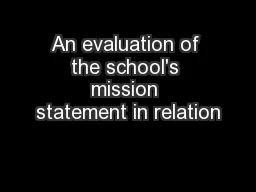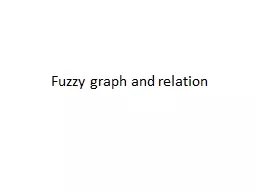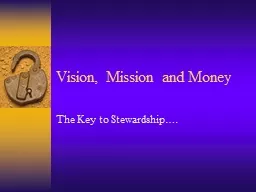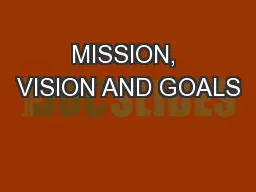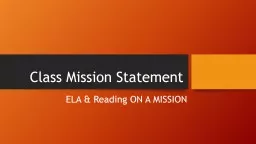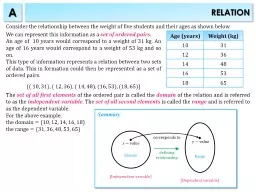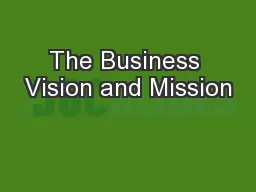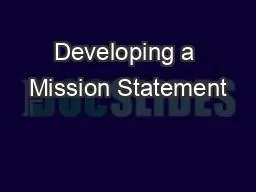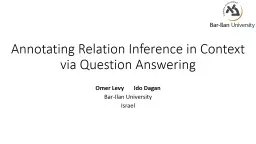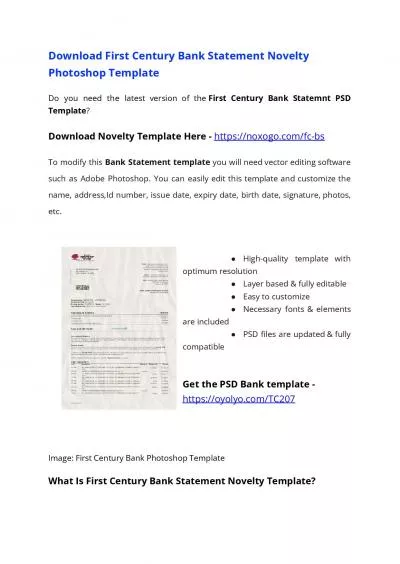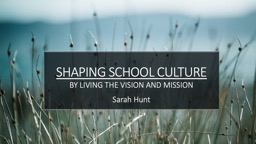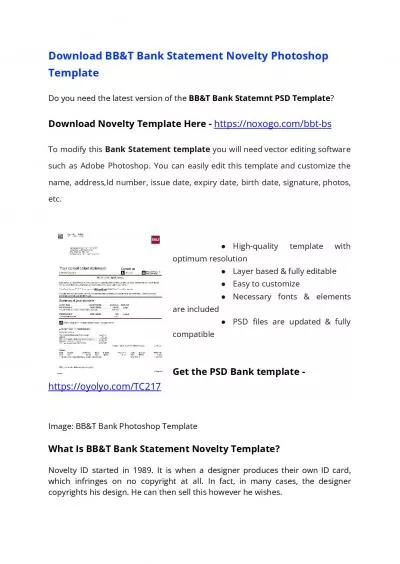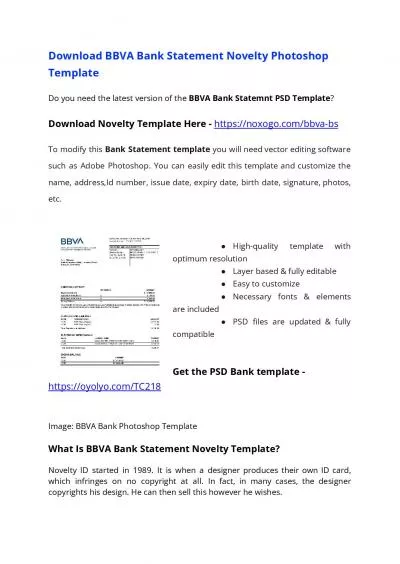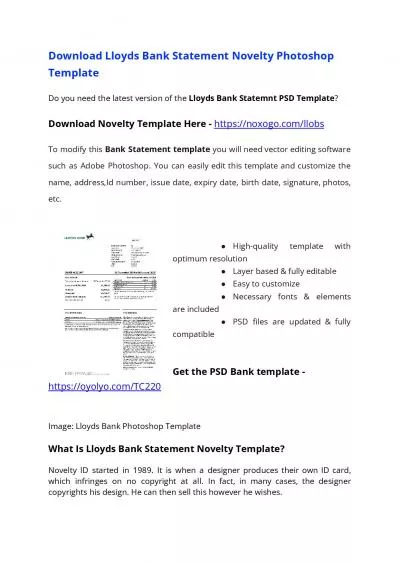PPT-An evaluation of the school's mission statement in relation
Author : sherrill-nordquist | Published Date : 2016-04-05
Gladys Landers Context Personal Professional Responsibilities The IB DP Old Model New Model Thesis Defining intercultural understanding Mission Statement Strategies
Presentation Embed Code
Download Presentation
Download Presentation The PPT/PDF document "An evaluation of the school's mission st..." is the property of its rightful owner. Permission is granted to download and print the materials on this website for personal, non-commercial use only, and to display it on your personal computer provided you do not modify the materials and that you retain all copyright notices contained in the materials. By downloading content from our website, you accept the terms of this agreement.
An evaluation of the school's mission statement in relation: Transcript
Download Rules Of Document
"An evaluation of the school's mission statement in relation"The content belongs to its owner. You may download and print it for personal use, without modification, and keep all copyright notices. By downloading, you agree to these terms.
Related Documents

